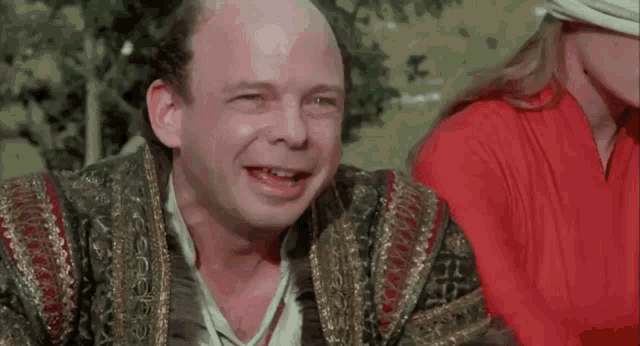2 min read
Using 'question filters' For A Better Problem Solving Process
![]() Shane Snow
Jan 15, 2023 12:39:31 PM
Shane Snow
Jan 15, 2023 12:39:31 PM

Here's a classic business blunder:
Becca’s Burgers notices that its clientele is all older folks; teenagers and college students don’t eat at Becca’s.
The management team at Becca’s Burgers asks the obvious question, “Why?” They quickly conclude that it’s probably because the burgers cost $18. They’re out of the price range of the younger demographics.
And here’s where the blunder comes in. The team asks the next question, “How do we get young people to eat here?” and quickly answers it with the hypothesis, “By putting a cheap burger on the menu!”
Becca’s figure they can make a burger for a dollar, so they launch a $2 burger. Sure enough, young people flock to the joint.
And the company profits plummet. Turns out that older folks start buying the $2 burger instead of the $18 one. Instead of making $17 in profit per burger, they make $1 per burger and don’t make as much money even though more people buy burgers.
Not a real story, but a classic example of second-order effects, or unintended consequences, when we solve problems.
We do this kind of thing (on a less obvious scale) all the time.
But there’s an easy way to make sure we don’t fall into this trap. I call it the habit of the two-part question...

The Two-Part Question: An Underrated Problem-Solving Skill
Let’s say the team at Becca’s Burgers had slowed down a little in its thinking process. Upon reflection, they went through all the steps of The Scientific Method without realizing it:
- They made Observations — “Young people don’t buy burgers; our burgers cost $18.”
- They asked a Question — ”How can we get young people to buy our burgers?”
- They made a Hypothesis — “If we make a $2 burger, young people will buy it”
- They Tested the Hypothesis — Young people bought the $2 burger (…but so did their existing customers!)
The big problem with Becca’s problem-solving process is the Question stage. The question didn’t account for second-order effects.
But all they’d need to do to have come up with a better plan would be to simply add the words, “without any negative second-order effects” to the same question.
“How can we get young people to buy our burgers—without any negative second-order effects?”
With this question, a $2 burger that tastes more than 1/9th as good as the $18 burger would be off the table. The Becca’s team could move on to other hypotheses without making such a costly mistake.
When I come up against problems at work, I like to take my question and run it through a gauntlet of Part 2 caveats. E.g.
“How can we accomplish X…”
- …without cannibalizing our core business?
- …without damaging our reputation?
- …without alienating our existing customers?
- …without making life miserable for our team?
- etc.
(BTW I wrote about this idea as it applies to moral dilemmas, in terms of adding "wisdom filters" to our principles here.)
Sometimes our brains work too fast for our own good. I think the Question phase of our problem-solving process is one of those places where that’s often the case.
